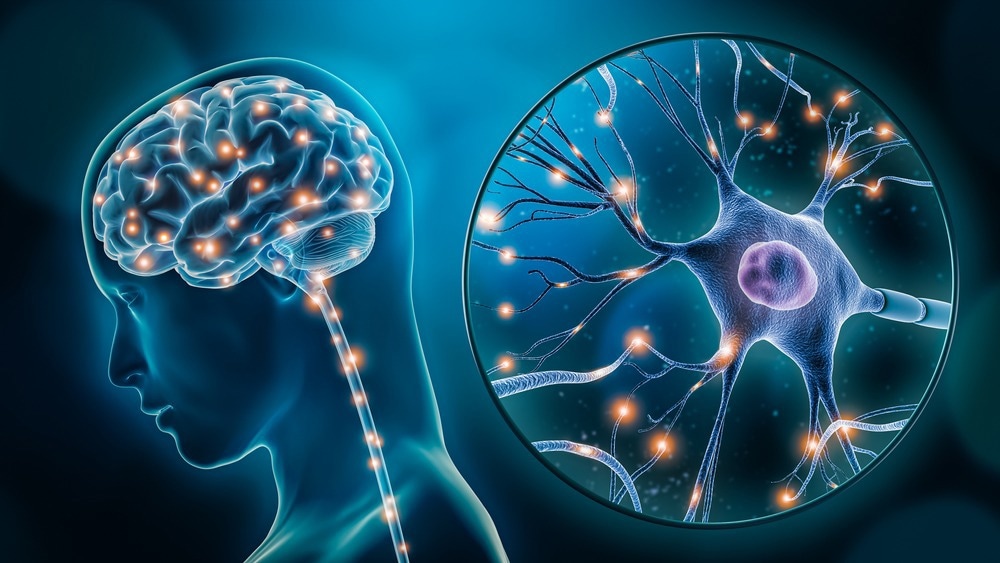
Title: Discovery of Salience Network Growth Reveals a Potential Depression Biomarker
Researchers have made a revolutionary discovery that has the potential to change how depression is diagnosed and treated: a unique brain connectivity pattern termed the expanded “salience network” might act as the first dependable biomarker for major depressive disorder. This neural signature not only shows a relationship with depression but may also occur prior to the manifestation of symptoms, enhancing the possibilities for early detection and intervention.
Grasping the Salience Network: The Brain’s Attention Hub
The salience network is vital for deciding which information the brain should focus on. With its foundation in areas such as the fronto-insular cortex, dorsal anterior cingulate cortex, amygdala, and temporal poles, it functions as a neural switchboard—modulating transitions between brain states and synthesizing emotional and cognitive inputs.
Notably, this network assists in redirecting attention based on environmental needs and personal objectives. For instance, it allows the brain to shift away from self-referential thinking (governed by the default mode network) and engage with external stimuli (via the frontoparietal attention network). Due to these adaptable functions, the salience network is essential for regulating emotions and making decisions—areas typically impacted in depression.
A Unique Neural Signature for Depression Vulnerability
In a study evaluated by specialists from the University of Ottawa and University of California San Francisco, published in Genomic Psychiatry, researchers discovered that individuals suffering from depression consistently exhibited a functionally enlarged salience network—potentially up to twice as large as that found in those without the condition.
Importantly, this increase was noted even in individuals who had not yet displayed clinical signs of depression, indicating that the enlarged salience network might be a preclinical risk marker. “We may be identifying a unique neural signature capable of pinpointing those at risk for depression prior to symptomatic onset,” remarked Dr. Nicholas Fabiano, commentary co-author.
Consistent Over Time and Variations in Symptoms
The uniqueness of this finding lies in its consistency. The researchers noted that the expansion of the salience network remains relatively stable, irrespective of the severity of depressive symptoms at any given time or whether the individual is receiving treatment. This implies that it is not merely a reactive brain change due to existing depression but may represent an intrinsic characteristic in individuals at risk.
What Causes the Network to Expand?
While the precise reasons behind the larger network size are not yet fully understood, researchers suggest several potential reasons:
1. Compensatory Mechanisms: The increase might symbolize a type of neural adjustment, where increased activity within the salience network compensates for weaknesses in other areas.
2. Genetic Factors: Specific genetic traits may make certain individuals predisposed to have larger salience networks, potentially heightening vulnerability to depression.
3. Relative Deterioration in Other Regions: The network may seem enlarged due to the shrinkage or degeneration of nearby or interconnected brain areas related to emotional and cognitive functions, such as the prefrontal cortex or hippocampus.
4. Environmental Influences: Factors like childhood trauma and ongoing stress—both recognized as depression risk factors—have been shown to affect the size and functioning of the salience network. This implies a combined impact of genetic and environmental elements on depressive risk.
Implications for Diagnosis and Early Intervention
Depression can often be challenging to diagnose during its initial stages, with symptoms appearing gradually and overlapping with other mental health issues. The discovery of a biological marker present before symptom onset could be revolutionary—especially for children and adolescents.
Indeed, in longitudinal aspects of the research, children exhibiting expanded salience networks were more likely to develop depression as they aged. This creates opportunities for early intervention strategies, potentially delaying the complete manifestation of the disorder.
Rethinking Depression: Beyond Just a Chemical Imbalance
Conventional depression models have primarily concentrated on serotonin levels and other neurotransmitter discrepancies. However, findings related to the salience network contribute to a more complex perspective: viewing depression as a disorder of neural connectivity.
“This challenges the long-standing notion of depression as a condition affecting isolated brain regions or involving simple chemical deficiencies,” the researchers expressed in their commentary. “Instead, it underscores the significance of interconnected brain systems—and proposes new avenues for therapeutic advancement.”
Future Impact on Treatments: What Lies Ahead?
If the expanded salience network is central to comprehending depression, the subsequent step is to investigate whether targeted therapies can modify its structure or functionality—and whether these changes influence patient outcomes.
Promising treatment options like:
– Pharmacological treatments (SSRIs, ketamine)
– Lifestyle changes (exercise, nutrition)
– Brain stimulation methods (electroconvulsive therapy, TMS)
– Psychedelic-assisted therapy
…could all be assessed for their effects on salience network connectivity. Longitudinal imaging studies will be crucial in determining whether these interventions normalize the network or impact the course of depression.
Wider Applications: Beyond Major Depression
This revelation may also enhance our understanding of other psychiatric disorders where attentional and emotional regulation is disrupted—like anxiety, bipolar disorder, and PTSD. Similar